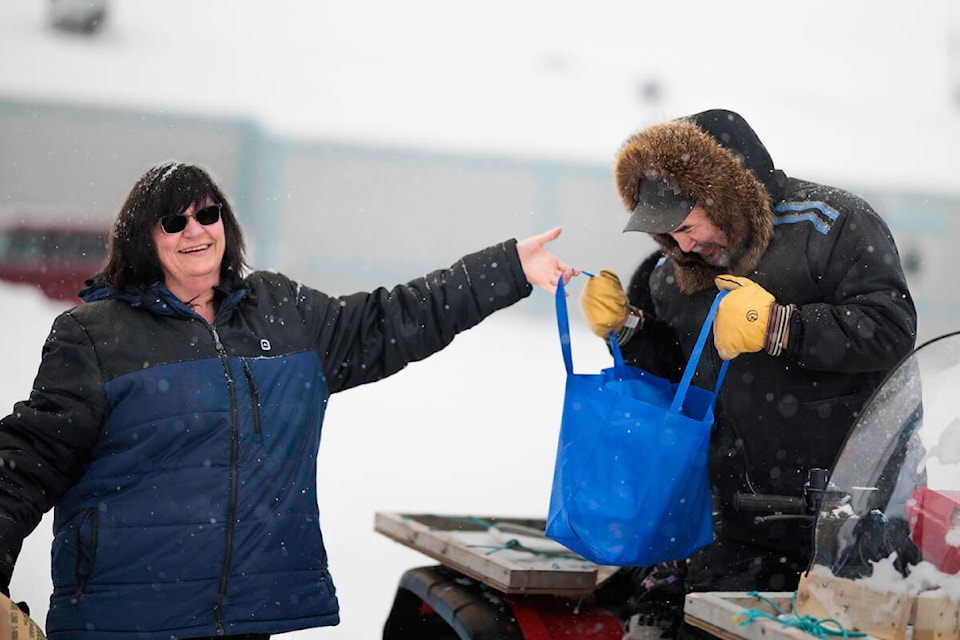Since the pandemic, weekly clientele demand at the Ikurraq Food Bank in Rankin Inlet has doubled, and the society that runs it is struggling to keep up.
“Our organization is purely volunteer,” said David Fredlund, President of the food bank society. “It’s purely on donations and applying for funding, grants, things like that. There’s a certain point at which we might not be able to sustain ourselves if we have too many people that are coming.”
Pre-pandemic, the food bank would serve about 30 families per week. The packages they provide are meant to sustain a family of four for a few days, enough to fill the gap between pay cheques, or supplement the basics missing from a household.
But now, some 70 families a week are turning to the food bank for help. That was manageable when Covid funds were flowing, but post-pandemic, the food bank can barely meet demand.
It’s leaving organizers in a difficult position forced to figure out how to address the growing need.
“We don’t want to eliminate people from coming,” said Fredlund. “That’s not our goal. We want to be open to everybody that needs help. We want to ensure that those that actually need help are coming, and it’s not just because we have food to give away that they’ll come.”
Fredlund said the food bank used to serve a regular clientele, but lately there are more and more new faces, and it’s not always clear how urgent a family’s need may be.
Fredlund readily admits, determining whether a client actually needs support is a touchy and difficult subject. But it’s a perspective the food bank may be forced to consider if it can’t keep up with the numbers.
Fredlund said he’s thought about scaling back what they give out, or reducing operations to serve people once or twice a month instead of once a week.
“I am hoping that the numbers of those that are actually in need scale back a bit and we don’t have to do that, because we want to be open every week,” he said.
The food bank’s budget changes month to month, but it regularly exceeds $10,000 per month in food and food items including staples like flour, sugar and cereals, soups and other items.
The increased numbers also put pressure on volunteers – chiefly, Sally Cormier-Ittinuar, who stepped up last fall as coordinator of the food bank after longtime volunteer Mary Fredlund moved on. Serving 30 families takes about an hour and a half, so 70 is more than double that.
“Many of them are in need and I’m not trying to dissuade them from coming or anything like that,” said Fredlund about straddling the line between serving people without judgement and making sure the food bank can continue operations. “We just want to make sure that they understand that we’re a service to the community that’s volunteer, and we can only function as best as we can function.”
More volunteers would help too.
“It’s more about giving their time than their money,” said Fredlund, explaining that with more volunteers, more time can be diverted to seeking out additional funding.
Conscious of the time and mental strain the position entails, Fredlund says if Cormier-Ittinuar hadn’t stepped up last fall, the food bank would likely already be closed.
“We want to make sure that we let her know we appreciate her,” he said. “We don’t want to close.”
